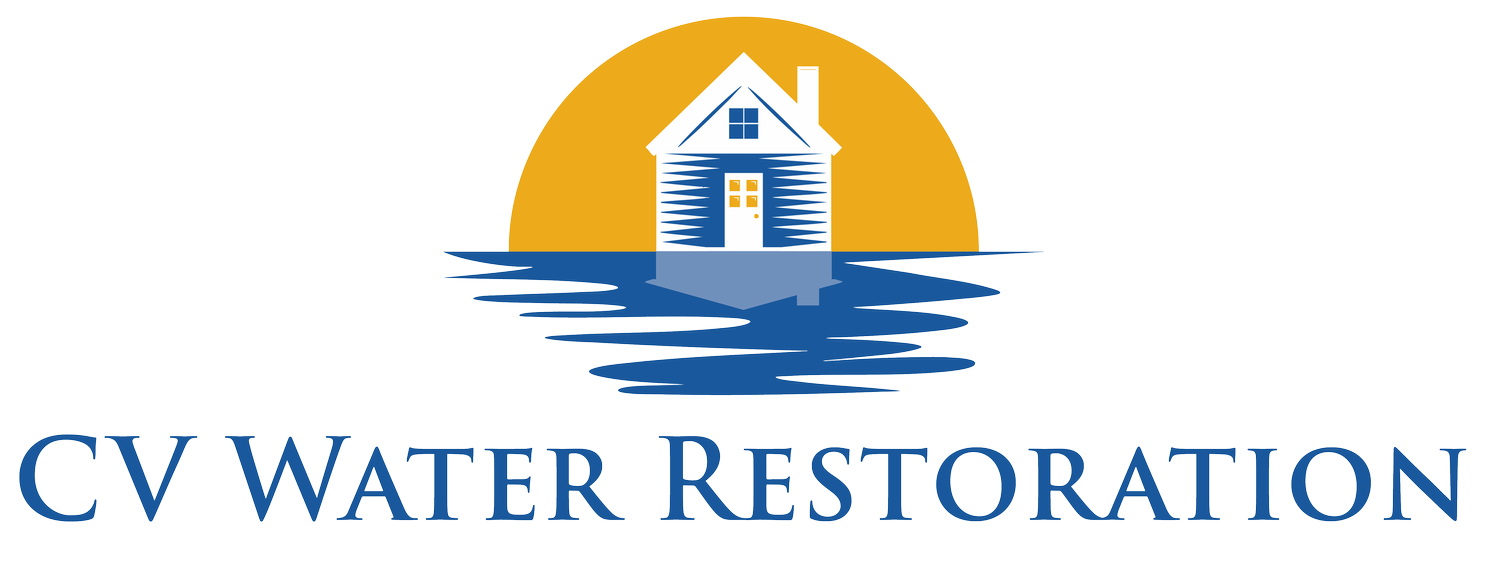Prevention is Power: Protecting Your Home from Water Damage
While we specialize in water damage restoration, our ultimate goal is to help homeowners avoid water damage altogether. Prevention is always more cost-effective than restoration, and the peace of mind that comes from a well-protected home is invaluable. Understanding common causes of water damage and implementing preventive measures can save you thousands of dollars and countless headaches.
Understanding Common Water Damage Causes
Water damage can strike from numerous sources, both inside and outside your home. Internal causes include burst pipes, appliance malfunctions, toilet overflows, and roof leaks. External causes encompass flooding, storm damage, and poor drainage around your foundation. Identifying potential risks is the first step in prevention.
Plumbing System Maintenance
Your plumbing system is often the biggest water damage risk in your home. Schedule annual inspections by a licensed plumber to identify potential issues before they become emergencies. Replace old supply lines, especially those made of galvanized steel or polybutylene. Install water leak detectors near water heaters, washing machines, and under sinks to provide early warning of leaks.
Appliance Care and Monitoring
Household appliances are responsible for a significant percentage of water damage claims. Inspect washing machine hoses annually and replace them every five years or if you notice cracks or bulges. Clean your dryer vent regularly to prevent ice dams that can cause water backup. Maintain your water heater by flushing the tank annually and checking the temperature relief valve.
Roof and Gutter Maintenance
Your roof is your home's first line of defense against water intrusion. Inspect your roof twice yearly, looking for missing or damaged shingles, cracked flashing, and signs of wear around chimneys and vents. Keep gutters clean and properly aligned to ensure water flows away from your foundation. Consider installing gutter guards to reduce maintenance needs.
Foundation and Drainage Protection
Proper drainage around your home's foundation is crucial for preventing basement flooding and structural water damage. Ensure the ground slopes away from your foundation at a rate of six inches per ten feet. Install or maintain French drains if your property has drainage issues. Seal foundation cracks promptly to prevent water intrusion.
Smart Home Technology for Water Protection
Modern technology offers sophisticated water protection options. Smart water sensors can detect leaks and send alerts to your smartphone. Automated water shut-off systems can stop water flow when leaks are detected. Smart home systems can monitor water usage patterns and alert you to unusual consumption that might indicate a hidden leak.
Seasonal Prevention Strategies
Different seasons bring different water damage risks. In winter, prevent frozen pipes by maintaining consistent indoor temperatures and insulating pipes in unheated areas. During spring, check for damage from winter weather and ensure proper drainage as snow melts. Summer requires attention to air conditioning systems and potential storm damage. Fall is the time for gutter cleaning and roof preparation.
Emergency Preparedness Planning
Despite your best prevention efforts, emergencies can still occur. Know the location of your main water shut-off valve and ensure all family members know how to operate it. Keep emergency supplies like tarps, buckets, and flashlights easily accessible. Maintain relationships with trusted contractors and restoration professionals before you need them.
Regular Home Inspections
Conduct monthly walk-throughs of your home, paying special attention to areas prone to water damage. Check under sinks, around toilets, near appliances, and in basements or crawl spaces. Look for signs of moisture, discoloration, or musty odors that might indicate hidden leaks or moisture problems.
Insurance Considerations
Review your homeowner's insurance policy annually to understand what water damage is covered and what requires additional protection. Consider flood insurance if you're in a flood-prone area – standard homeowner's policies don't cover flood damage. Document your home's condition and valuable possessions to facilitate claims processing if damage does occur.
When Prevention Fails
Even with the best prevention efforts, water damage can still occur due to severe weather, sudden appliance failure, or unforeseen circumstances. When prevention fails, quick action is essential. Know the signs of water damage and have a plan for immediate response, including contact information for professional restoration services.
Conclusion
Protecting your home from water damage requires ongoing attention and maintenance, but the investment in prevention pays dividends in avoided damage, lower insurance premiums, and peace of mind. By understanding common causes, maintaining your home's systems, and staying vigilant for early warning signs, you can significantly reduce your risk of water damage. Remember, an ounce of prevention is worth a pound of cure – especially when it comes to protecting your most valuable asset.
